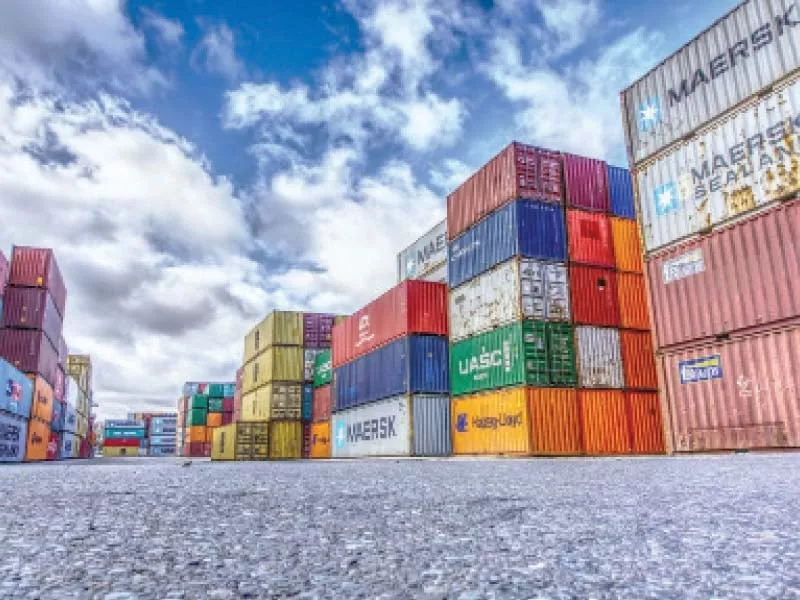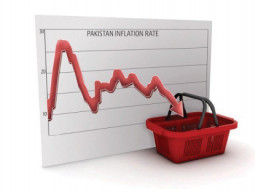
The increase of 6% in exports in dollar terms for July 2020 over the same month of previous year ($2,001 million versus $1,886 million) is one of the major achievements towards revival of the economy.
Considering that Pakistan’s exports had dipped to $21 billion during fiscal year 2019, it was good to see some recovery at the start of the current financial year. However, the fact is that the growth has to be in double digits to reach the levels of FY18 at $23 billion.
A recent International Trade Centre (ITC) and World Bank study demonstrates how merely making the regulatory framework more export friendly can help achieve a quantum jump in exports.
Based on a survey of 1,200 local exporters and on their tested methodology for ascertaining the potential that Pakistan can achieve, it is seen that exports could increase by up to $12 billion or 50% higher by 2024 from its current level. Removal of certain regulatory obstacles can help achieve more than half of this potential or an increase of up to $7 billion.
If only two practices in Pakistan’s export regime are brought on a par with other countries, almost two-thirds of domestic barriers would be reformed. These are export inspection and tax refund procedures.
The most detrimental problem the exporters face is the rudimentary manual inspection conducted by various government agencies before exports are allowed. Each organisation unpacks a certain percentage of consignments for inspection, which is not allowed to be repacked by the exporter. This process often causes delay and also damages goods.
All prosperous exporting countries have adopted technology to replace manual checking.
Furthermore, the inspection is done by using the risk-profile analysis and is not based on the percentage of goods. Risk profiling automated systems categorise products from high to low risk, and in a very few cases, there is a need to carry out physical inspection.
Also, all inspection work is assigned to one agency, usually the Customs. If other agencies such as anti-narcotics authorities have any concerns, they can have their input.
Many countries have shown that this mode of inspection – one agency and use of risk profiling – is more effective.
Pakistan’s exports can also benefit from adopting this model. Of course, the Anti-Narcotics Force (ANF) can exercise overall vigilance as a regulator and not intervene in routine work. Since competitiveness is the key to modern trade, the present procedure with its delay and damages puts Pakistani exporters in a disadvantageous position.
Turkish model
It is instructive to consider the example of Turkey, which managed to achieve a whopping fourfold increase in exports within a span of just 15 years – from $86.9 billion in 2002 to $341.2 billion in 2016.
To achieve this target, Turkey adopted an all-out reform strategy. In addition to removing price controls, decreasing subsidies and reducing tariffs, Turkey emphasised the need for trade facilitation. It also moved from manual controls to automation and risk profiling.
When Pakistan Narcotics Board (PNB) was set up in 1957, it worked as a coordinator for anti-narcotics issues. It assisted law enforcement agencies through sharing information on drug-related matters.
It was only during the last 15 years that it expanded its role by creating a large field force and started working as a parallel agency by posting its staff at airports and seaports. Due to these multiple checks, Pakistan’s ranking in the World Bank indicator of trading across borders started slipping steeply from 74 in 2005 and reached 138 in 2015 before recovering to 111 in 2019.
While living in Switzerland a few years ago, I witnessed an example of discouraging effects of intrusive inspection of goods meant for export.
My neighbour, an entrepreneurial woman from Pakistan, set up a web-based business for made-to-measure leather shoes for rich Swiss clients. She sourced the merchandise from Pakistan, but in each consignment, she would receive some damaged shoes, often with broken heels.
When she investigated, she was told that ANF selects a certain percentage of shoes to check for any hidden narcotics and that there was no redress for this. The result was that she stopped sourcing the shoes from Pakistan and switched to other competing countries. She never had even one drilled shoe after that.
Latest practices
Unless we learn to adopt modern practices and procedures, there is little chance that Pakistan will ever make any significant progress in exports or attract any significant foreign investment.
By moving trade inspection from manual procedures to risk-based automation and reducing the number of agencies applying the same methods, the exporters will be considerably facilitated and become more competitive.
The aforementioned ITC/World Bank study has also identified several other regulatory barriers such as inefficient and costly procedures for meeting testing and product certification requirements.
Another key recommendation is to set up digital trade portals to introduce more transparency and make compliance less expensive.
Work was done on creating a digital trade portal a few years ago and huge funds were spent on this purpose, but it remains hidden in some files. With proper updating, it can be a useful tool for moving forward.
The writer is a senior fellow with the Pakistan Institute of Development Economics and has served as Pakistan’s ambassador to WTO
Published in The Express Tribune, September 7th, 2020
Like Business on Facebook, follow @TribuneBiz on Twitter to stay informed and join in the conversation.



















COMMENTS
Comments are moderated and generally will be posted if they are on-topic and not abusive.
For more information, please see our Comments FAQ